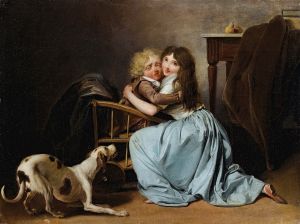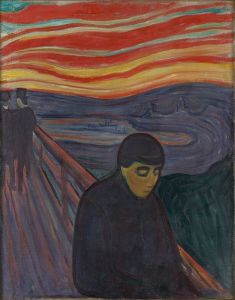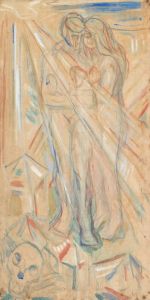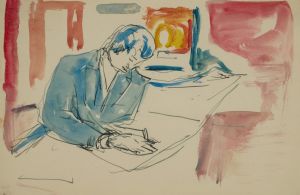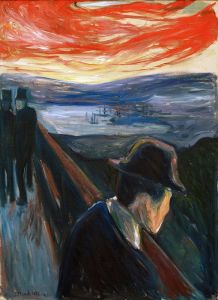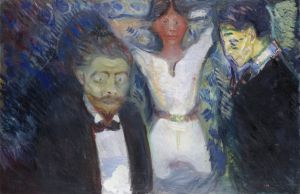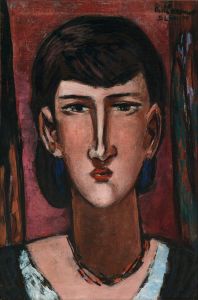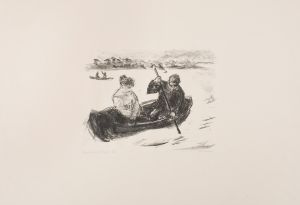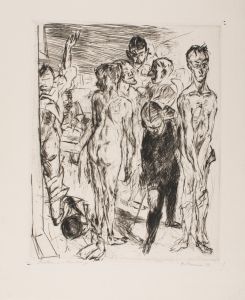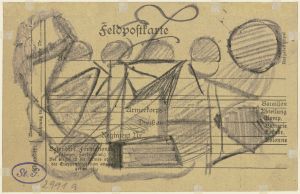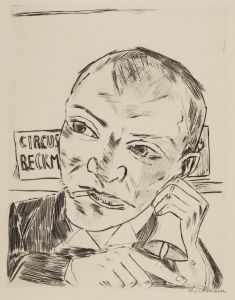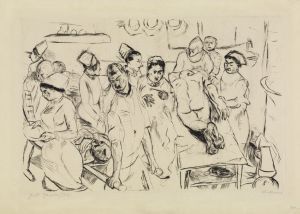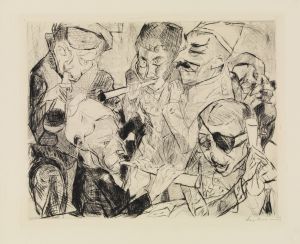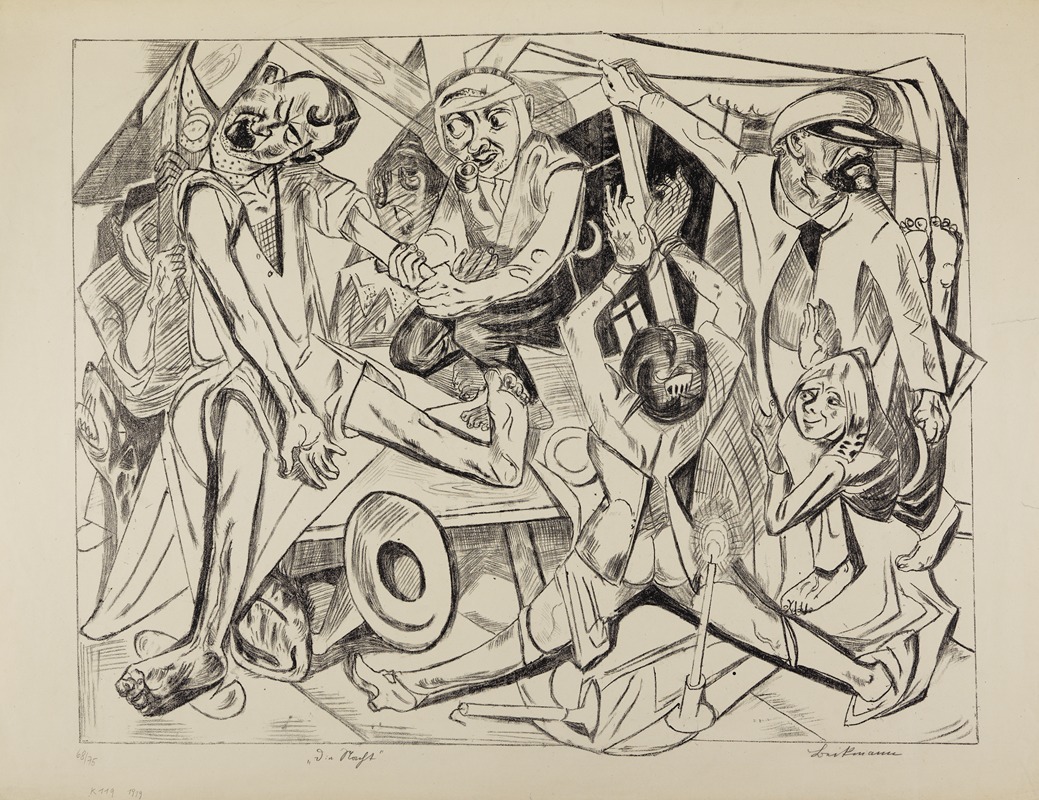
Die Nacht
A hand-painted replica of Max Beckmann’s masterpiece Die Nacht, meticulously crafted by professional artists to capture the true essence of the original. Each piece is created with museum-quality canvas and rare mineral pigments, carefully painted by experienced artists with delicate brushstrokes and rich, layered colors to perfectly recreate the texture of the original artwork. Unlike machine-printed reproductions, this hand-painted version brings the painting to life, infused with the artist’s emotions and skill in every stroke. Whether for personal collection or home decoration, it instantly elevates the artistic atmosphere of any space.
"Die Nacht" (The Night) is a significant painting by the German artist Max Beckmann, created between 1918 and 1919. This work is often regarded as one of Beckmann's most important contributions to the art world and is a quintessential example of his early style, which was heavily influenced by the social and political upheavals of the time.
Max Beckmann was born in Leipzig, Germany, in 1884 and became one of the leading figures of the New Objectivity movement, which emerged in the aftermath of World War I. This movement was characterized by a realistic style that sought to depict the harsh realities of life, often with a critical or satirical edge. Beckmann's work during this period reflects his disillusionment with the war and the chaotic state of post-war German society.
"Die Nacht" is an oil painting on canvas that measures approximately 133 cm by 154 cm. The painting is known for its intense and disturbing imagery, which captures a scene of violence and chaos within a confined interior space. The composition is crowded with figures, each rendered in a distorted and exaggerated manner, which heightens the sense of tension and unease.
The painting depicts a nightmarish scene in which a family is subjected to a brutal home invasion. The figures in the painting are contorted and twisted, reflecting the emotional and physical turmoil of the situation. A man is shown being strangled, a woman is bound and gagged, and a child is precariously suspended from a door. The perpetrators of the violence are depicted with grotesque features, emphasizing the brutality of their actions.
Beckmann's use of color and form in "Die Nacht" is particularly striking. The palette is dominated by dark, somber tones, with stark contrasts between light and shadow that add to the dramatic intensity of the scene. The figures are rendered with angular, fragmented forms, a technique that Beckmann employed to convey the fractured nature of human experience during this tumultuous period.
"Die Nacht" is often interpreted as a reflection of the widespread social and political instability in Germany following World War I. The painting captures the sense of fear and uncertainty that pervaded the country during the Weimar Republic, a time marked by economic hardship, political extremism, and social unrest. Beckmann's work serves as a powerful commentary on the human condition, exploring themes of violence, suffering, and the struggle for survival.
Today, "Die Nacht" is housed in the Kunstsammlung Nordrhein-Westfalen in Düsseldorf, Germany. It remains a poignant and thought-provoking piece that continues to resonate with audiences, offering a window into the turbulent world of early 20th-century Europe and the enduring impact of war and conflict on the human psyche. Beckmann's masterful execution and profound thematic exploration ensure that "Die Nacht" remains a vital part of the canon of modern art.





